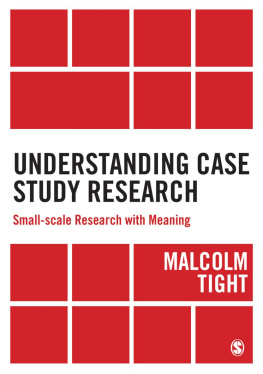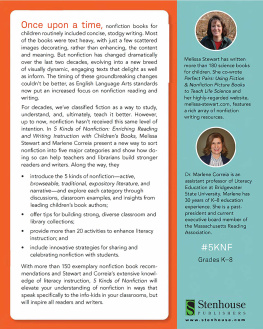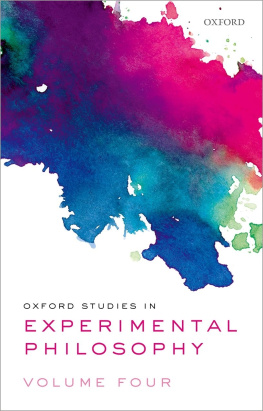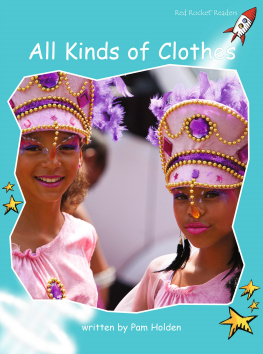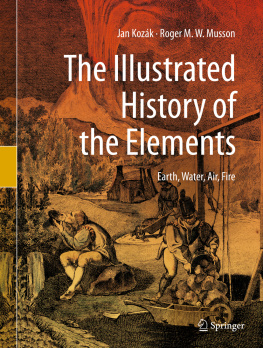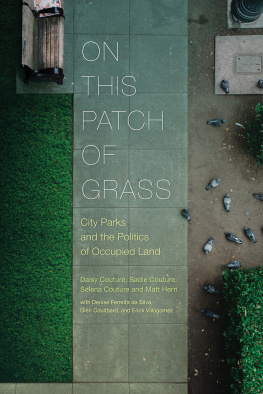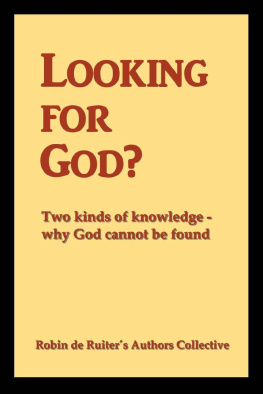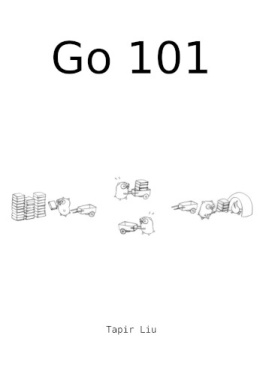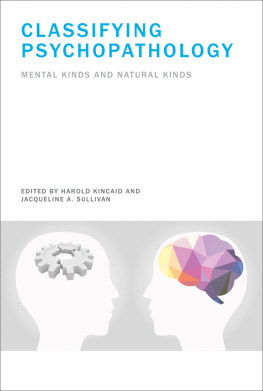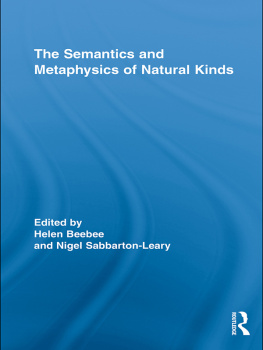Natural Kinds and Classification in Scientific Practice
This edited volume of 13 new essays aims to turn past discussions of natural kinds on their head. Instead of presenting a metaphysical view of kinds based largely on an unempirical vantage point, it pursues questions of kindedness which take the use of kinds and activities of kinding in practice as significant in the articulation of them as kinds. The book brings philosophical study of current and historical episodes and case studies from various scientific disciplines to bear on natural kinds as traditionally conceived of within metaphysics. Focusing on these practices reveals the different knowledge-producing activities of kinding and processes involved in natural kind use, generation, and discovery.
Specialists in their field, the esteemed group of contributors use diverse empirically responsive approaches to explore the nature of kindhood. This groundbreaking volume presents detailed case studies that exemplify kinding in use. Newly written for this volume, each chapter engages with the activities of kinding across a variety of disciplines. Chapter topics include the nature of kinds, kindhood, kinding, and kind-making in linguistics, chemical classification, neuroscience, gene and protein classification, colour theory in applied mathematics, homology in comparative biology, sex and gender identity theory, memory research, race, extended cognition, symbolic algebra, cartography, and geographic information science.
The volume seeks to open up an as-yet-unexplored area within the emerging field of philosophy of science in practice, and constitutes a valuable addition to the disciplines of philosophy and history of science, technology, engineering, and mathematics.
Catherine Kendig is Associate Professor of Philosophy at Missouri Western State University.
History and Philosophy of Biology
Series editor: Rasmus Grnfeldt Winther
www.rgwinther.com
This series brings together insights from historians and philosophers to shed light on significant developments in the life sciences. It includes work from a variety of philosophical traditions including analytic philosophy, phenomenology, and pragmatism, among many others. Philosophical topics include individuality, reductionism and holism, fitness, levels of selection, mechanism and teleology, and the nature-nurture debates, as well as explanation, confirmation, inference, experiment, scientific practice, and models and theories vis--vis the biological sciences. Books placing such philosophical themes in their historical and social context are always welcome, as are investigations concerned with values, power, and the future.
The scope of the series includes historical and philosophical studies relating to evolutionary theory, environmental sciences, genomics, molecular biology, systems biology, biotechnology, biomedicine, bioethics, biosemiotics, race and ethnicity, and sex and gender. These areas of the biological sciences are not silos, and tracking their impact on other sciences such as psychology, economics, and sociology, and the behavioral and human sciences more generally is also within this series scope.
Published
Romantic Biology, 18901945
By Maurizio Esposito
Natural Kinds and Classification in Scientific Practice
Edited by Catherine Kendig
Forthcoming
Organisms and Personal Identity
Individuation and the work of David Wiggins
By Adam M Ferner
Darwinism and Pragmatism
William James on evolution and self-transformation
By Lucas McGranahan
The Biological Foundations of Action
By Derek M Jones
Natural Kinds and Classification in Scientific Practice
Edited by Catherine Kendig

First published 2016
by Routledge
2 Park Square, Milton Park, Abingdon, Oxon OX14 4RN
and by Routledge
711 Third Avenue, New York, NY 10017
Routledge is an imprint of the Taylor & Francis Group, an informa business
2016 selection and editorial material, Catherine Kendig; individual chapters, the contributors
The right of Catherine Kendig to be identified as author of the editorial material, and of the individual authors as authors of their contributions, has been asserted by them in accordance with sections 77 and 78 of the Copyright, Designs and Patents Act 1988.
All rights reserved. No part of this book may be reprinted or reproduced or utilised in any form or by any electronic, mechanical, or other means, now known or hereafter invented, including photocopying and recording, or in any information storage or retrieval system, without permission in writing from the publishers.
Trademark notice: Product or corporate names may be trademarks or registered trademarks, and are used only for identification and explanation without intent to infringe.
British Library Cataloguing in Publication Data
A catalogue record for this book is available from the British Library
Library of Congress Cataloging-in-Publication Data
A catalog record for this book has been requested
ISBN: 978-1-848-93540-2 (hbk)
ISBN: 978-1-315-61993-4 (ebk)
Typeset in Times New Roman
by Apex CoVantage, LLC
To my loving parents, G. Suzanne and Thomas C. Kendig
Contents
JOHN DUPR
CATHERINE KENDIG
Part I
Explaining practices
BERNHARD NICKEL
HASOK CHANG
JACKIE SULLIVAN
Part II
Kinding and classification
THOMAS A. C. REYDON
JOYCE C. HAVSTAD
JORDI CAT
CATHERINE KENDIG
Part III
The nature of natural kinds
SALLY HASLANGER
SAMULI PYHNEN
QUAYSHAWN SPENCER
Part IV
Shaping scientific disciplines
MICHAEL WHEELER
JOSIPA PETRUNIC
RASMUS GRNFELDT WINTHER
Arguably the central question for philosophers of science is whether what science tells us is true. While this may sound a strange question to the outsider, it is entirely possible to argue that what we care about is not the truth of scientific claims, but their utility. The equations of quantum mechanics, one may argue, are very good at telling us what will happen, but whether they also correspond in some way with how things are is a matter of indifference. And indeed, that is just as well, because stepping back and looking at the history of science reminds us that most of the things past scientists have believed we now think of as false. Yet historians show us that these beliefs were in some ways very effective. So very probably our own beliefs will go the same way. Or so the argument goes. Nonetheless, most philosophers reject this argument and believe that in some sense science does indeed give us truth. Such philosophers are known as realists.
More nuanced consideration distinguishes various aspects of realism. Are there really entities that correspond to our word electron? Are the generalizations, perhaps putative laws of nature, that we make about electrons, true and exceptionless? Or, finally, is there something about certain things that makes them, and only them, electrons? Is the boundary between electrons and everything else a real feature of the world, or something we impose on it, as we impose on certain pieces of paper the property of being legal tender. This last question is the question that lies behind the present collection. It has come to be formulated as the question whether electrons form a


